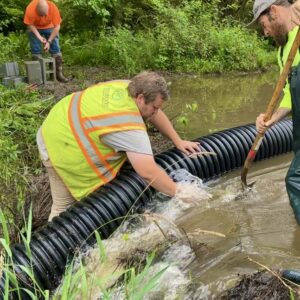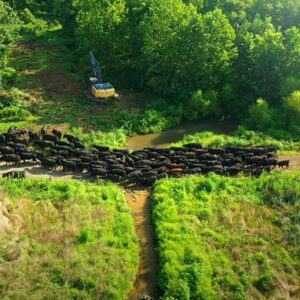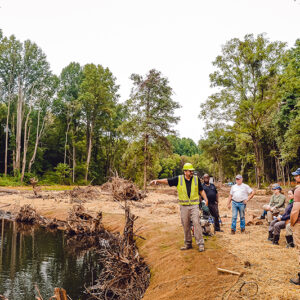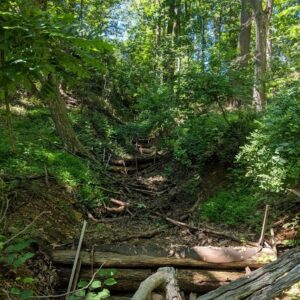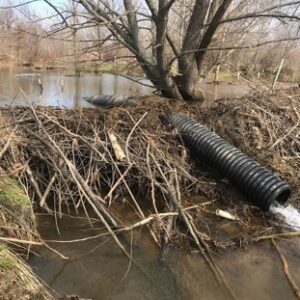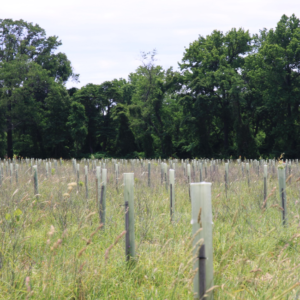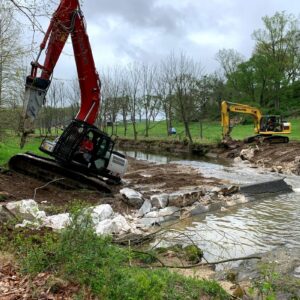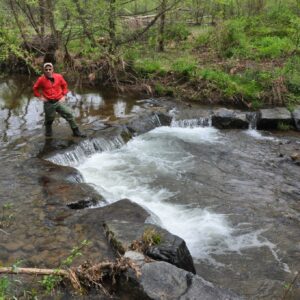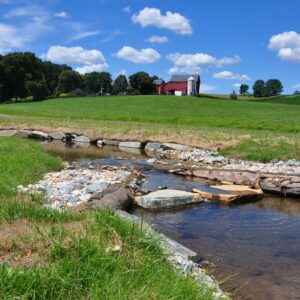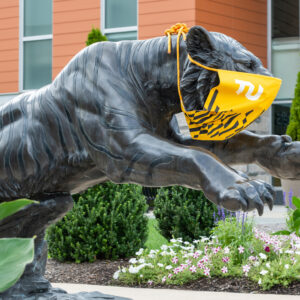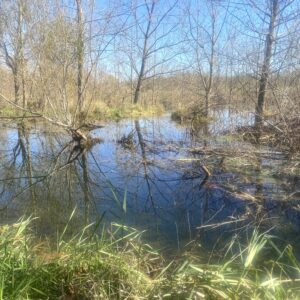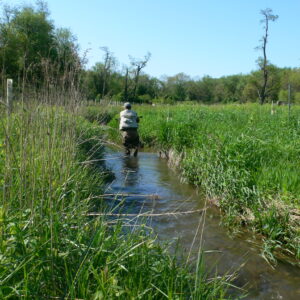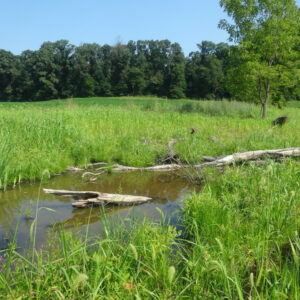What We Do
– PROJECTS –
Experience & Knowledge
200+ YEARS COLLECTIVELY
Ecotone is one of the few companies in the industry that provides full delivery ecosystem restoration and mitigation, restoration design, consulting, and construction services.
Our unique blend of multi-disciplinary staff, including ecologists, geomorphologists, environmental scientists, biologists, professional engineers, and construction specialists have over 200 years of collective experience in all aspects of ecosystem restoration.
Projects
“The Ecotone team does high quality work that demonstrates a commitment to client service and environmental sensitivity. They satisfy our needs in all respects.”
– Ronald M. Shapiro,
Co-Founder and Chairman, Shapiro Negotiations Institute
